I need to perform web searches first to understand wall texture ideas me research this topic thoroughly.
Wall textures transform ordinary spaces into visually compelling environments that engage both sight and surface treatments add depth, character, and architectural interest to any room while creating opportunities for dramatic lighting effects and shadow subtle painted finishes to bold three-dimensional applications, textured walls serve as striking focal points that enhance interior design achieved through specialized plaster techniques, creative paint applications, or innovative materials, each texture brings its own personality and ambiance to living spaces.
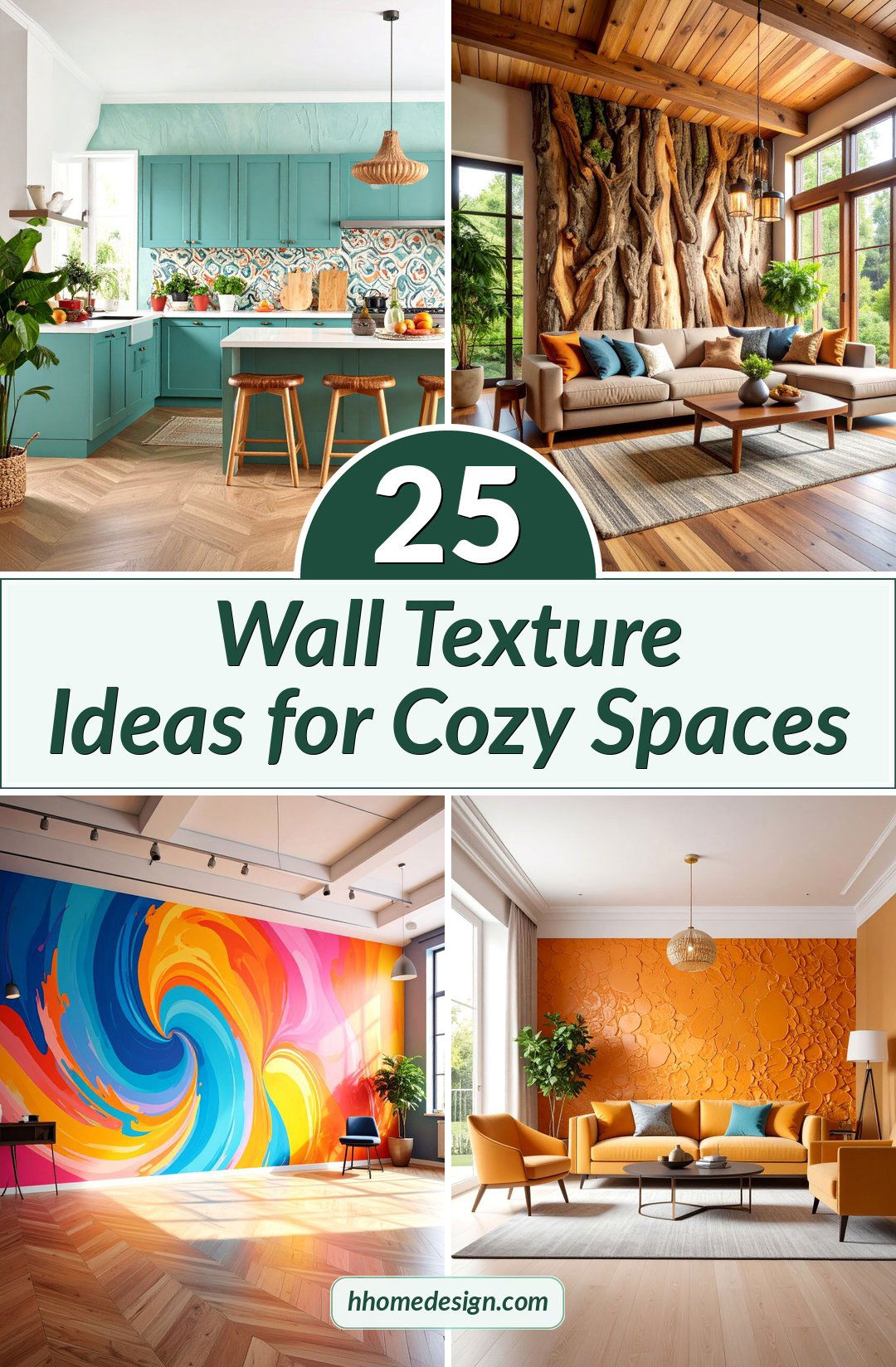
1. Venetian Plaster Elegance
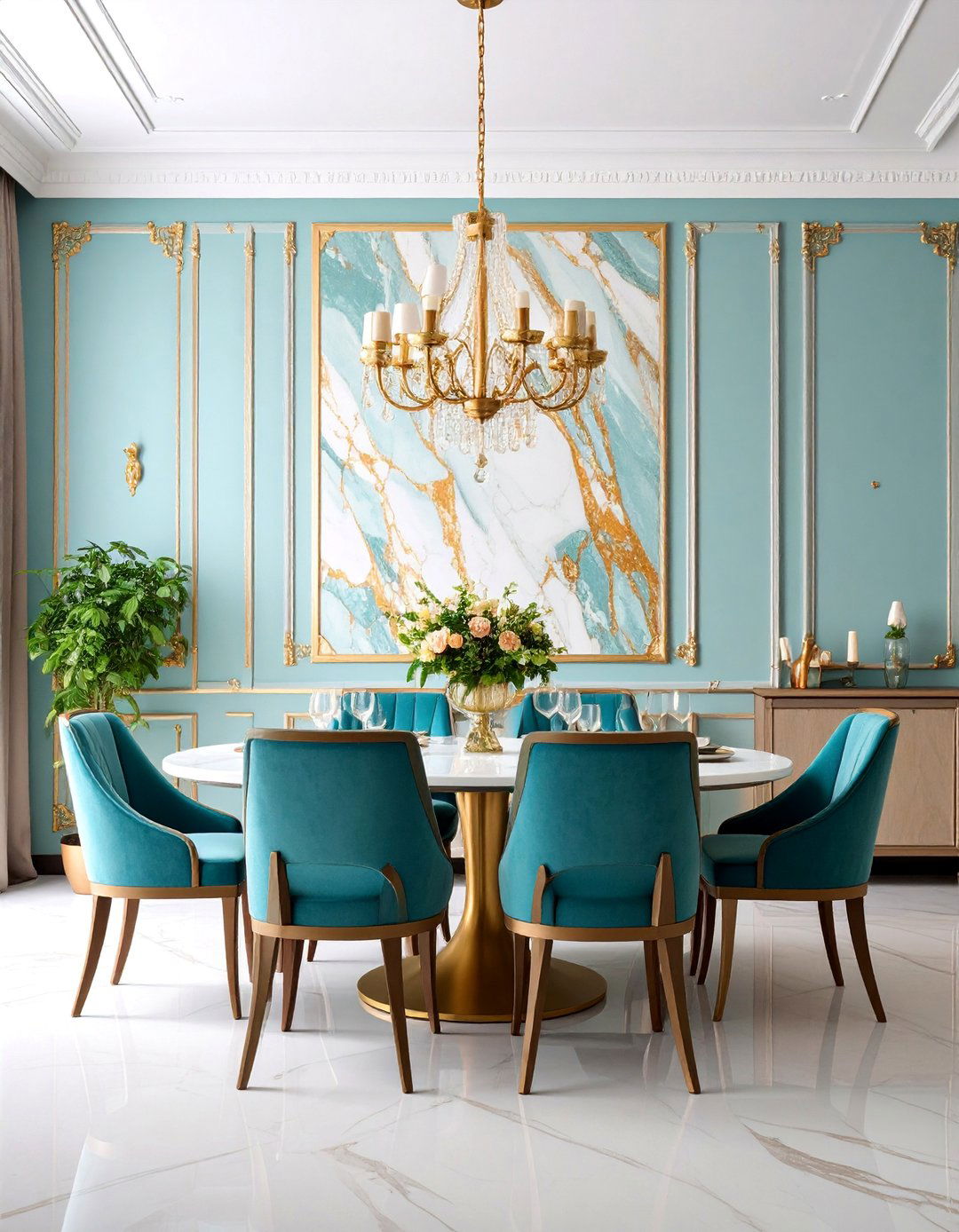
Venetian plaster creates sophisticated wall surfaces that mimic the luxurious appearance of polished marble or ancient technique involves applying multiple thin layers of lime-based plaster with specialized trowels, then burnishing the final coat to achieve a lustrous, mirror-like process requires skilled craftsmanship but delivers unparalleled elegance with subtle color variations and for formal dining rooms, master bedrooms, or upscale bathrooms, Venetian plaster works beautifully with warm lighting that enhances its natural sheen and creates gentle shadow play across the surface.
2. Rustic Stucco Texture

Rustic stucco texturing brings Mediterranean charm and old-world character to contemporary technique involves applying a base coat of stucco compound, then using various tools like trowels, brushes, or sponges to create irregular patterns and organic finish can range from subtle orange-peel effects to dramatic heavily-textured surfaces that cast pronounced for accent walls in living rooms, entryways, or outdoor spaces, rustic stucco pairs beautifully with wrought iron fixtures, natural stone elements, and warm earth-tone color palettes that emphasize its handcrafted appearance.
3. Geometric Pattern Relief
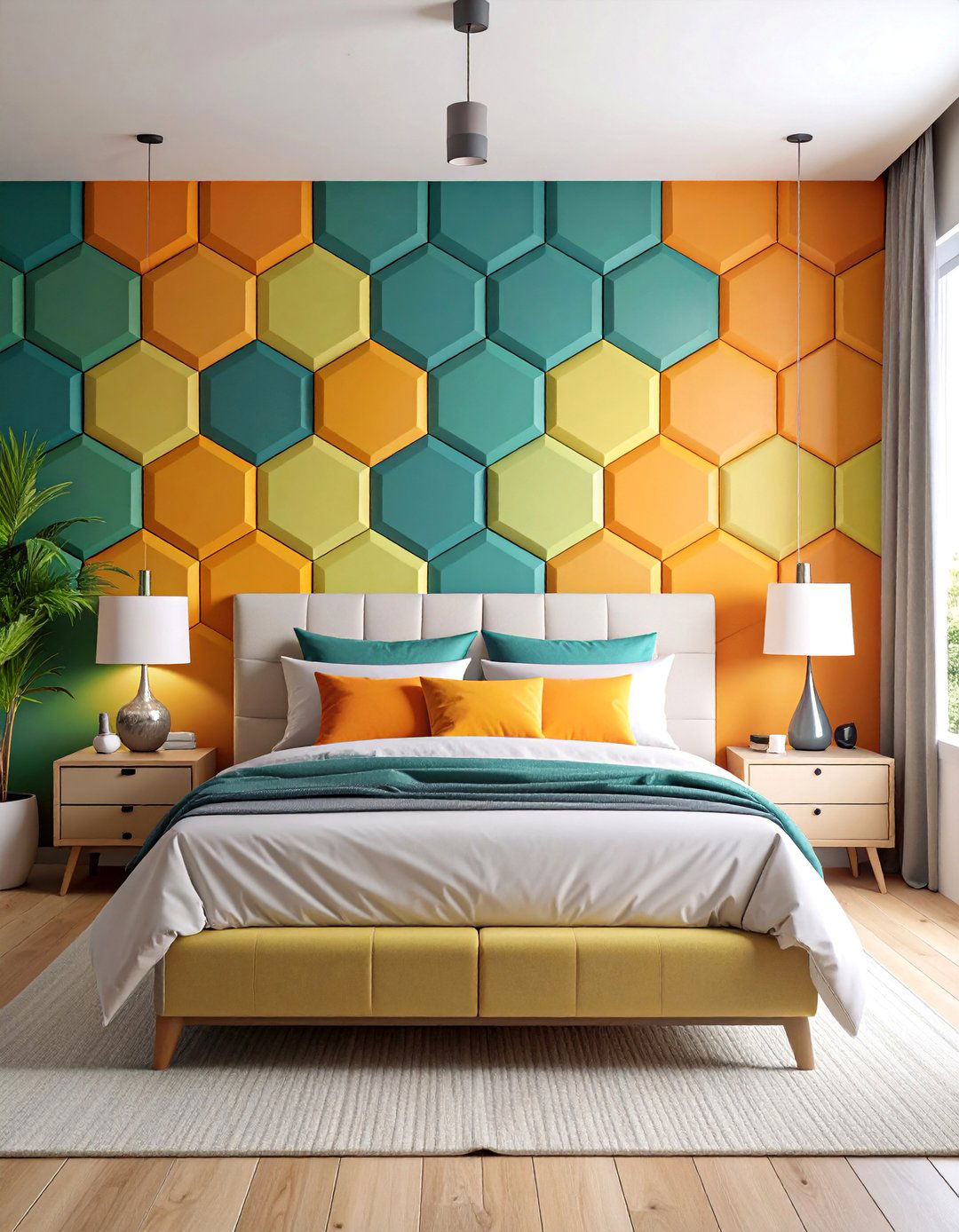
Geometric pattern relief creates striking three-dimensional wall surfaces using raised designs that form repeating shapes and technique employs materials like plaster, joint compound, or specialized texturing products applied through stencils or carved directly into the patterns include hexagons, diamonds, chevrons, and interlocking circles that create visual rhythm and textured walls work exceptionally well in modern and contemporary settings, particularly as accent walls behind beds, sofas, or in dining areas where dramatic lighting can emphasize the sculptural quality of the geometric forms.
4. Crosshatch Trowel Finish

Crosshatch trowel finishing produces distinctive wall textures characterized by intersecting lines and grid-like patterns created through controlled trowel technique involves applying joint compound or plaster with deliberate crisscross strokes, building up layers to achieve the desired depth and result is a sophisticated texture that adds visual interest without overwhelming the effective in transitional and contemporary interiors, crosshatch walls complement both neutral and bold color schemes while providing an excellent backdrop for artwork and decorative elements that benefit from the subtle textural contrast.
5. Sponge Painting Technique

Sponge painting creates soft, organic wall textures through layered color applications using natural sea sponges or textured versatile technique builds depth through multiple glaze layers, with each application adding complexity and visual process typically involves a base coat followed by one or more contrasting or tonal glazes dabbed or rolled onto the painting works beautifully in bedrooms, bathrooms, and casual living spaces, offering endless color combinations and intensity levels from subtle cloud-like effects to bold, dramatic statements that energize entire rooms.
6. Knockdown Texture Finish

Knockdown texture combines the drama of heavy texturing with the refinement of a partially smoothed technique begins with applying thick texture compound in random patterns, then using a wide trowel to "knock down" or flatten the high points while leaving valleys and subtle raised result is an appealing texture that provides visual interest without being too for large wall surfaces in family rooms, bedrooms, or commercial spaces, knockdown texture hides imperfections well while creating attractive shadow patterns that change throughout the day as natural light shifts.
7. Brushed Metal Effect
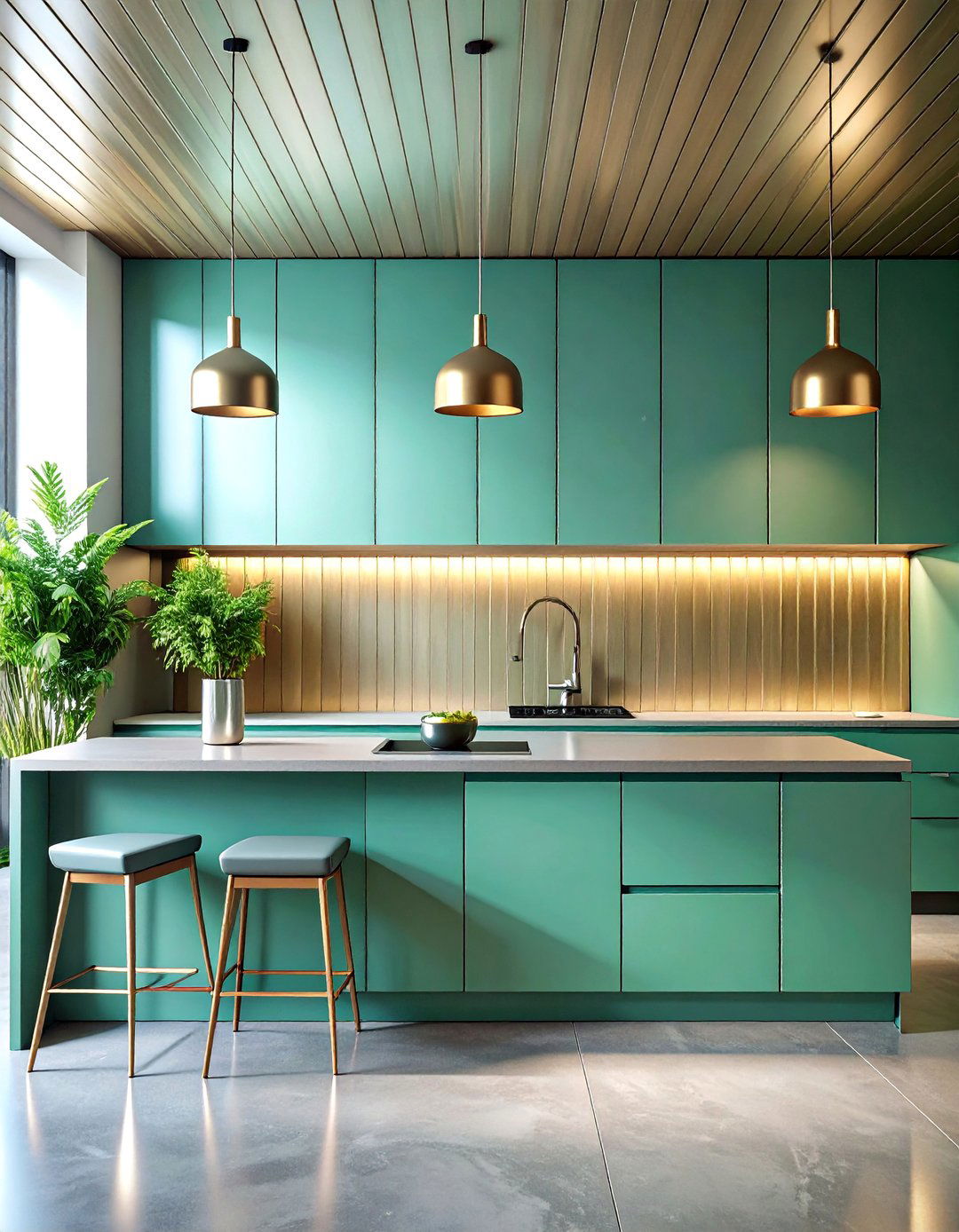
Brushed metal wall textures create industrial-chic surfaces that reflect light beautifully while adding modern sophistication to interior effect is achieved through specialized metallic paints and glazes applied with specific brush techniques that simulate the linear patterns found in brushed aluminum or finish can range from subtle pewter tones to bold copper or gold textures work exceptionally well in contemporary kitchens, modern bathrooms, or urban loft spaces where the interplay of metal finishes with concrete, glass, and natural materials creates compelling visual contrasts.
8. Sand Texture Application
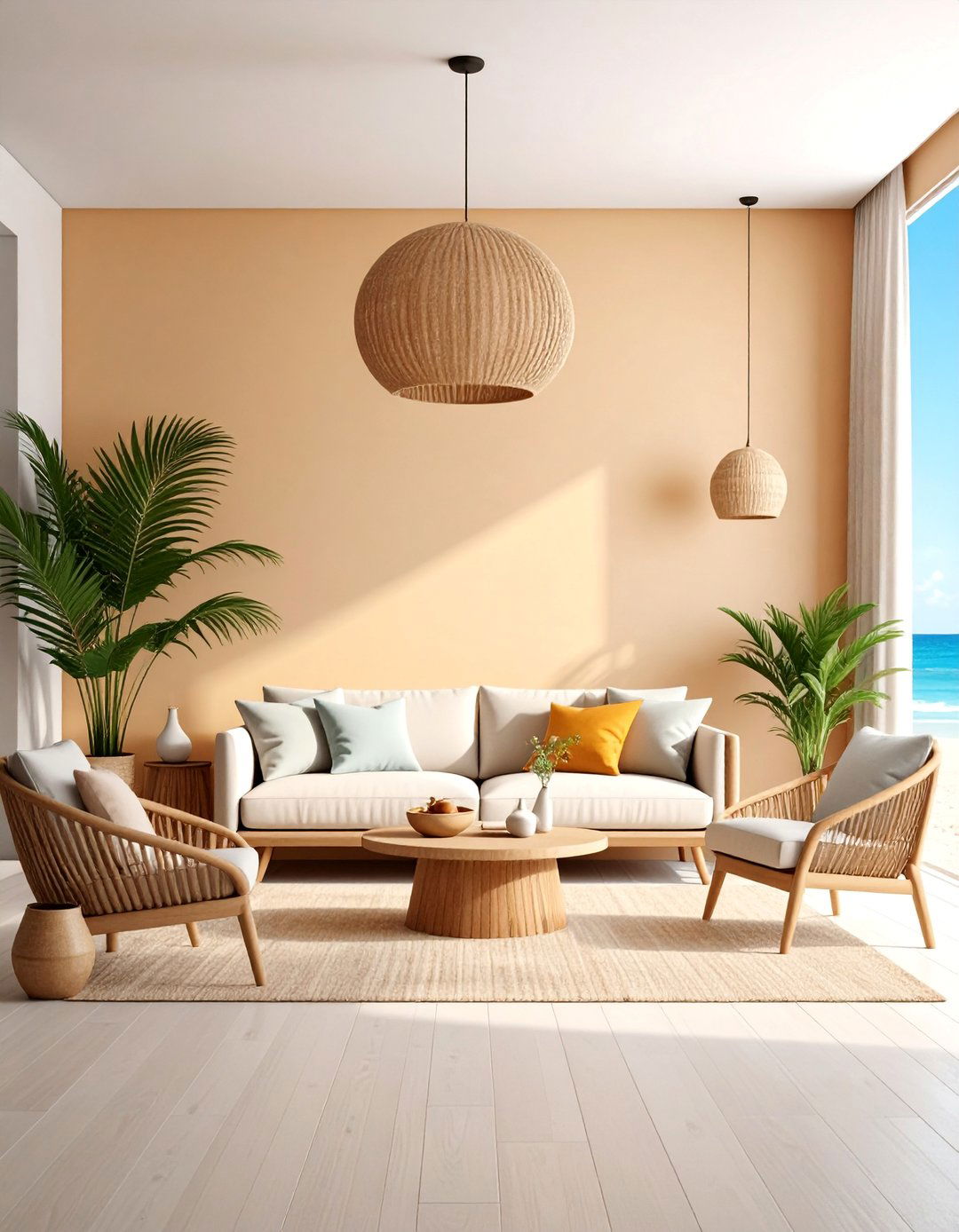
Sand texture applications create tactile wall surfaces that bring natural, beach-inspired elements into interior technique involves mixing fine sand with paint or applying sand-textured compounds that create uniform, granular surfaces with excellent light-diffusing texture can be adjusted from fine, barely perceptible grit to coarser applications that provide more pronounced tactile for coastal-themed rooms, children's spaces, or areas where durability is important, sand textures work beautifully with soft, natural color palettes and complement rattan furniture, natural fiber rugs, and organic decorative elements.
9. Combing Pattern Design

Combing pattern design creates rhythmic, linear wall textures through the systematic dragging of specialized combing tools through wet glaze or texture technique produces parallel lines, wavy patterns, or geometric designs depending on the tool used and the direction of visual effect ranges from subtle wood-grain simulations to bold, contemporary stripe works particularly well in transitional spaces like hallways, powder rooms, or accent walls where the linear patterns can guide the eye and create visual technique pairs beautifully with both traditional and modern furnishing styles.
10. Rag Rolling Technique
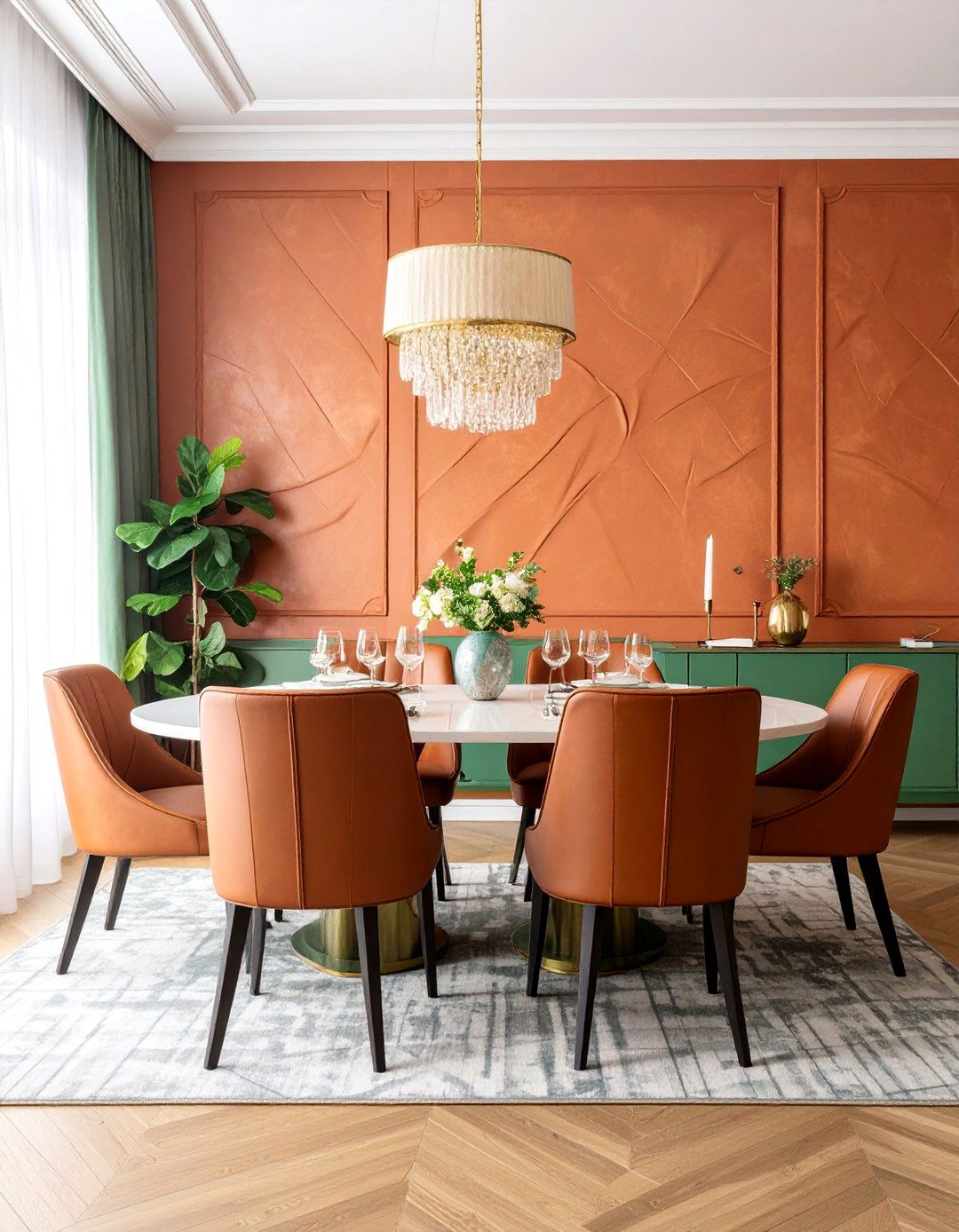
Rag rolling produces sophisticated wall textures through the systematic rolling of textured fabric through wet glaze classical decorative technique creates soft, organic patterns that resemble fine fabric or aged leather process involves applying base coats and glazes, then rolling bunched rags vertically or horizontally to remove glaze selectively and create distinctive effective in formal spaces like dining rooms, libraries, or master bedrooms, rag rolling complements traditional furniture styles and rich color schemes while providing subtle textural interest that enhances rather than dominates the overall design scheme.
11. Skip Trowel Texture

Skip trowel texture creates casual, Mediterranean-inspired wall surfaces through irregular trowel applications that leave organic, flowing technique involves loading a trowel with texture compound and lightly skipping it across the wall surface, creating random marks and patterns that suggest handcrafted plaster resulting texture provides excellent visual interest while maintaining a relaxed, lived-in for family rooms, kitchens, or casual dining areas, skip trowel texture works beautifully with warm color palettes, natural materials, and furniture styles that emphasize comfort and approachability over formal perfection.
12. Fabric Impression Texture
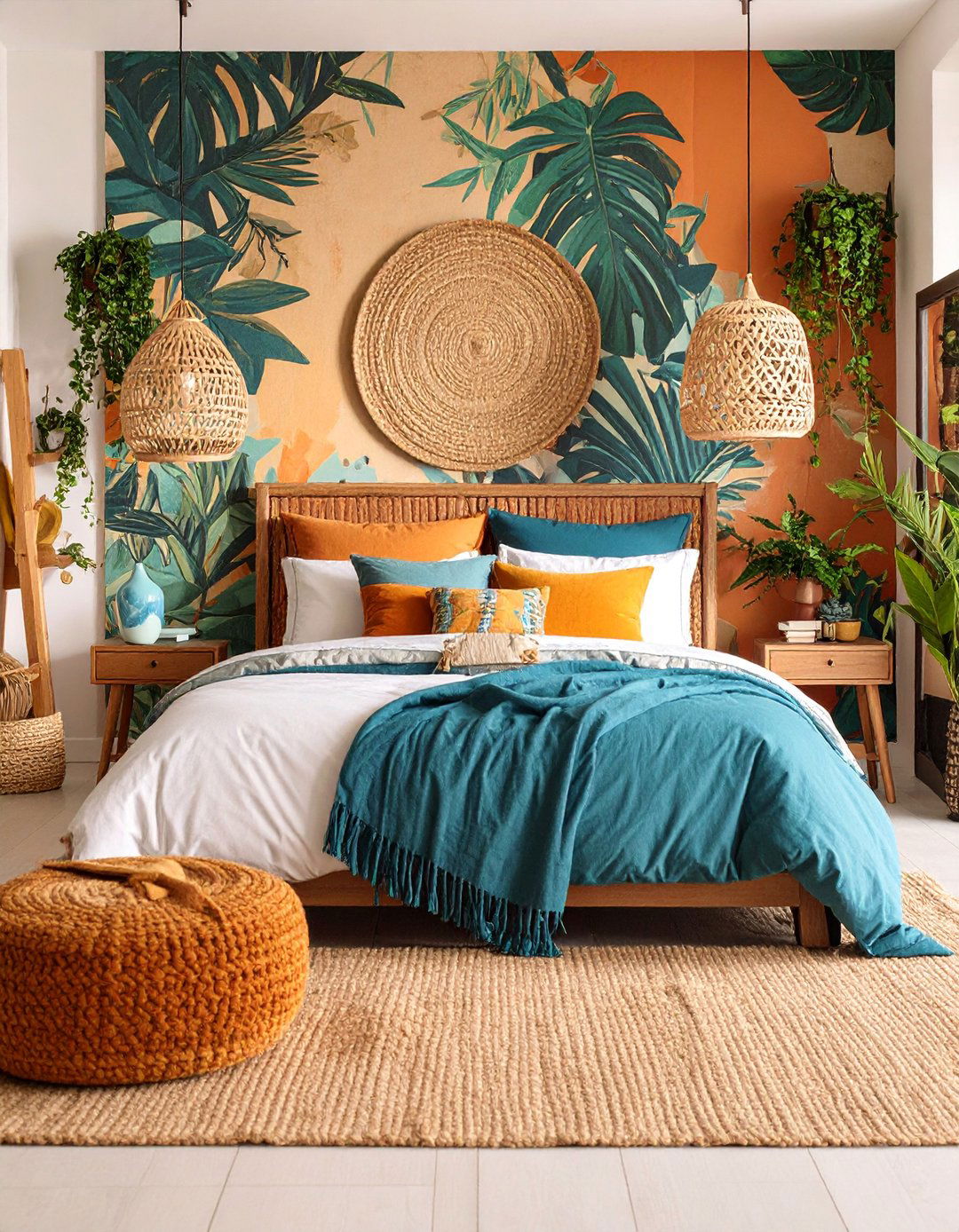
Fabric impression texturing creates unique wall surfaces by pressing textured fabrics into wet compounds to leave permanent pattern creative technique allows for endless pattern possibilities using materials like burlap, lace, canvas, or specialty textured resulting walls display the intricate details and weave patterns of the chosen fabric, creating sophisticated textural for accent walls in bedrooms, studies, or boutique commercial spaces, fabric impressions work particularly well when the wall color complements or contrasts with the fabric textures, creating dynamic visual relationships between surfaces and furnishings.
13. Rosebud Texture Pattern
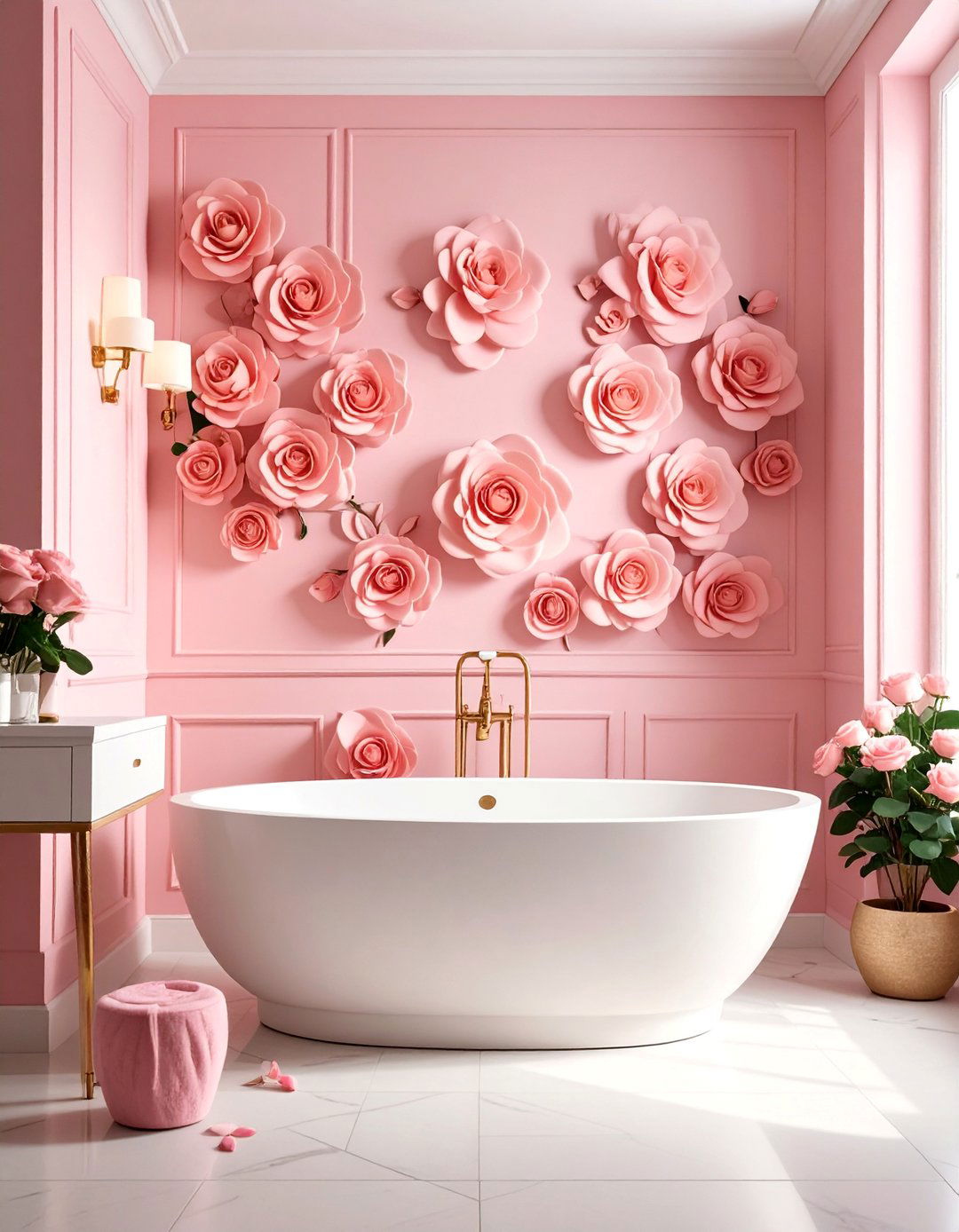
Rosebud texture patterns create romantic, dimensional wall surfaces through specialized roller applications that produce small, flower-like raised designs across the technique uses textured paint rollers or stamps to create repeating organic patterns that add femininity and softness to interior rosebud pattern can be subtle for sophisticated applications or more pronounced for dramatic focal for bedrooms, powder rooms, or traditional living spaces, this texture works beautifully with floral fabrics, antique furniture, and soft color palettes that emphasize the romantic character of the pattern while maintaining overall design sophistication.
14. Orange Peel Texture
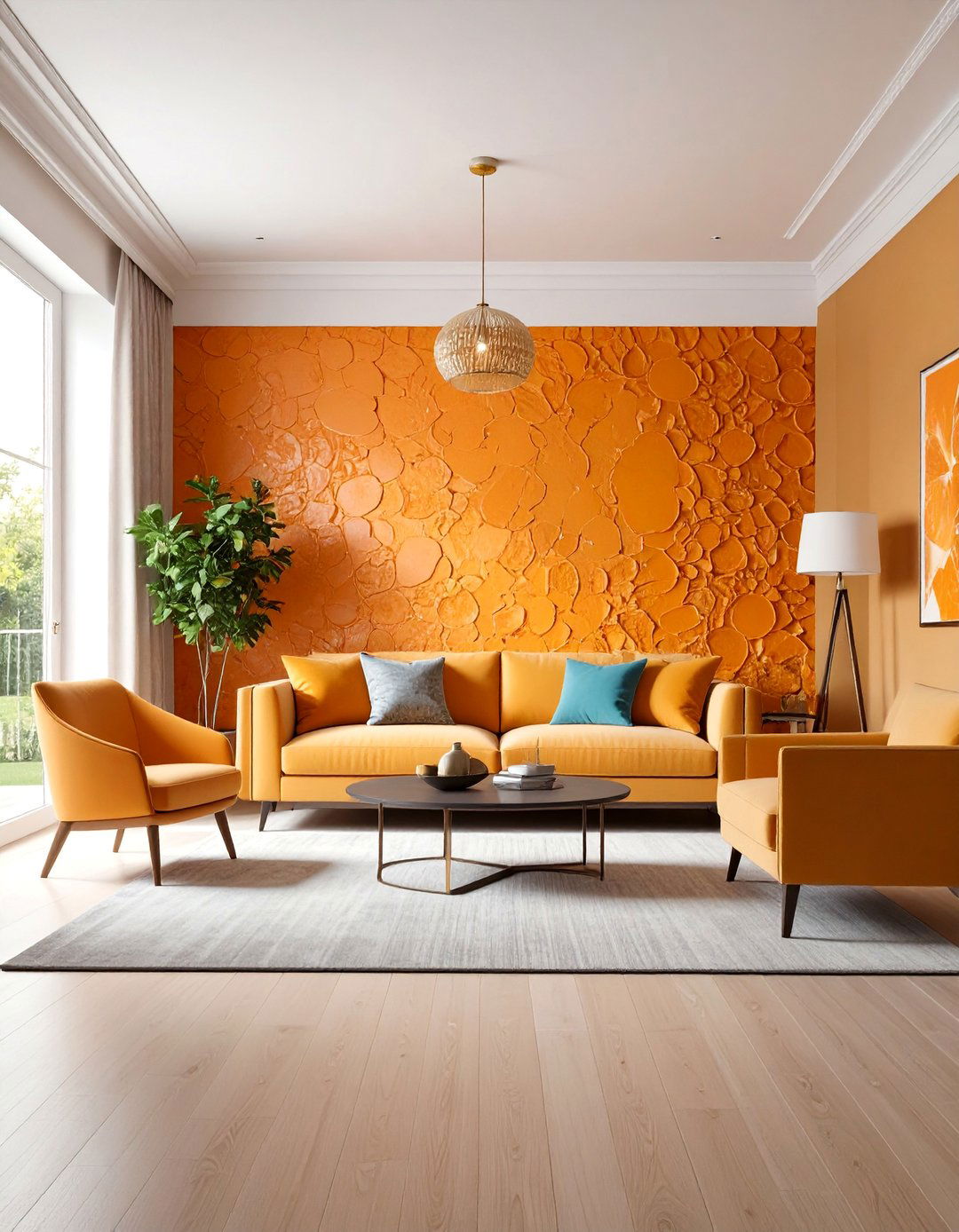
Orange peel texture creates subtly bumpy wall surfaces that resemble the skin of citrus fruit, providing gentle textural interest without overwhelming visual popular technique is achieved through spray application or specialized rollers that create uniform, small-scale bumps across the wall texture effectively hides minor wall imperfections while adding sufficient visual interest to prevent flat, boring suitable for bedrooms, family rooms, or any space requiring subtle sophistication, orange peel texture accepts paint beautifully and works with virtually any decorating style from traditional to contemporary, making it an versatile choice.
15. Dragging Paint Effect

Dragging paint effects create elegant, linear wall textures through the systematic pulling of dry brushes or combing tools through wet glaze classical technique produces fine, parallel lines that can run vertically, horizontally, or diagonally depending on the desired resulting texture suggests fine fabric weaves or wood grain patterns while maintaining sophisticated color depth through layered for formal dining rooms, libraries, or traditional living spaces, dragging effects complement period furniture, oriental rugs, and classic architectural details while providing subtle background texture that enhances rather than competes with decorative elements.
16. Stippling Texture Method
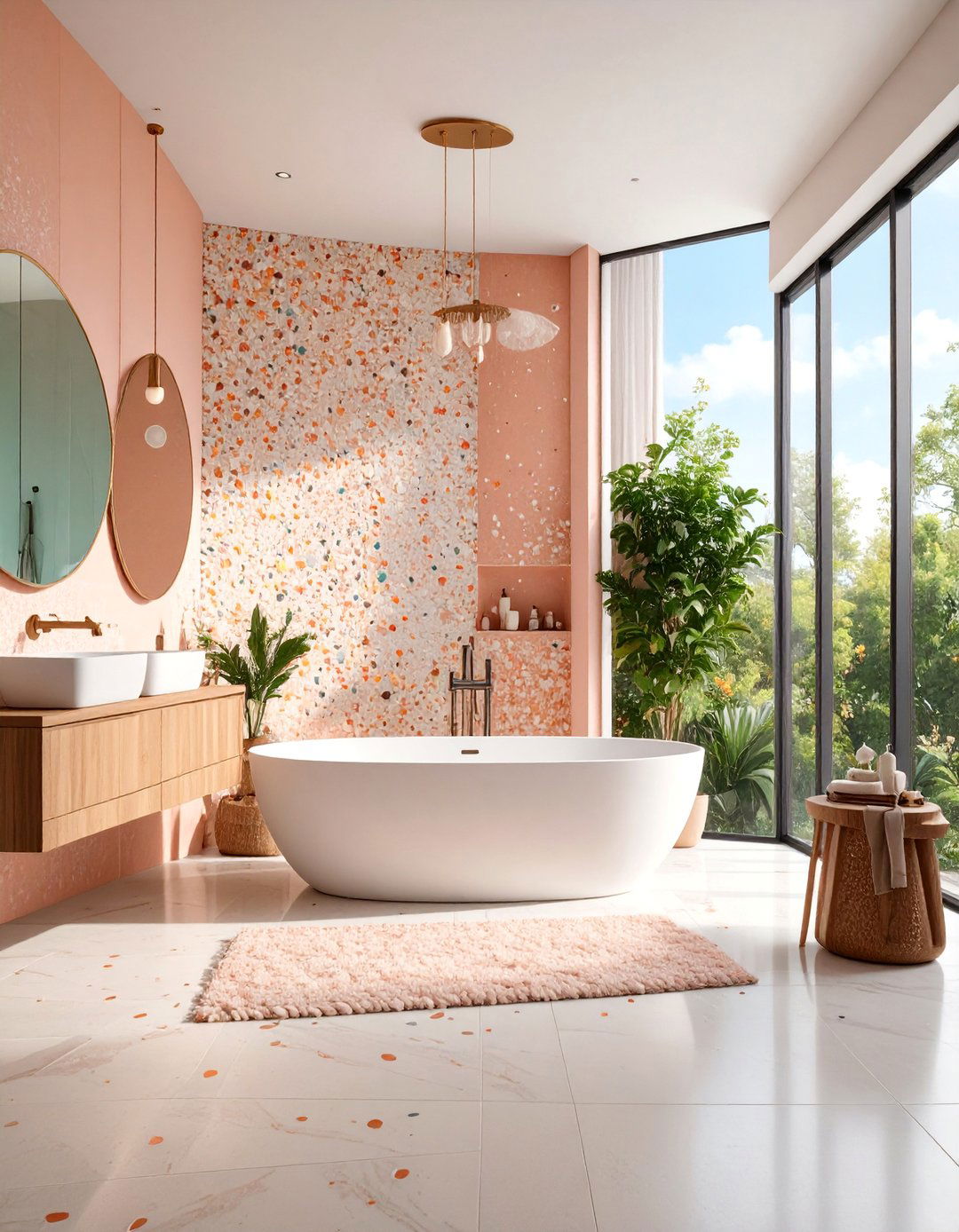
Stippling creates delicate, uniform wall textures through the systematic dabbing of brushes, sponges, or specialized tools into wet glaze or paint technique produces fine, random patterns that add subtle visual interest and depth without creating heavy textural stippling method can achieve effects ranging from soft cloud-like patterns to more defined speckled finishes depending on tool choice and application for bedrooms, bathrooms, or any space requiring gentle sophistication, stippling works beautifully with soft color palettes and complements both traditional and contemporary furnishing styles while providing excellent light diffusion properties.
17. Swirl Pattern Application
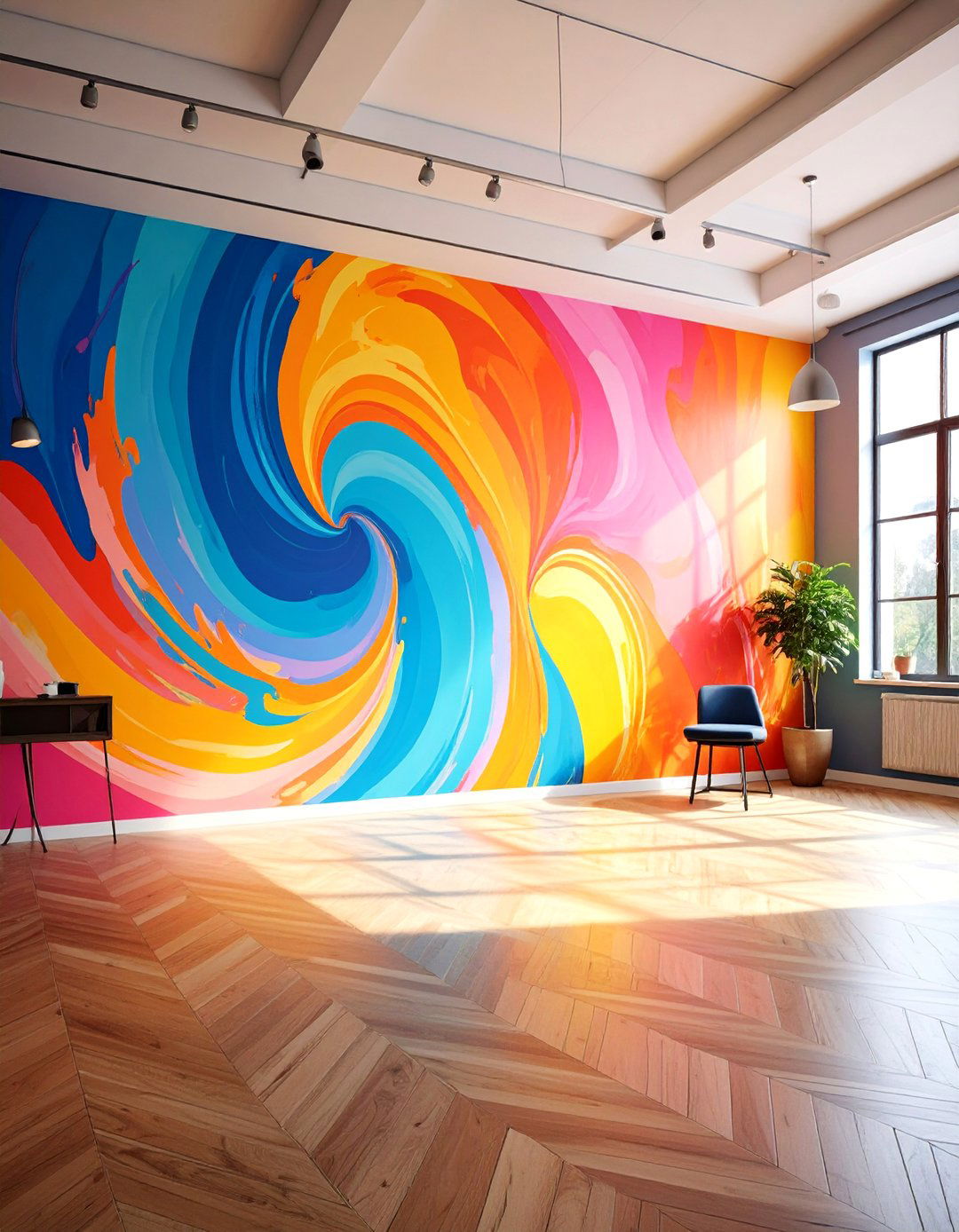
Swirl pattern applications create dynamic, flowing wall textures through circular motions made with brushes, sponges, or specialized tools in wet texture technique produces organic, movement-filled surfaces that suggest water patterns, wind effects, or abstract artistic patterns can be subtle for sophisticated applications or bold for dramatic statement walls that energize entire effective in creative spaces like artist studios, children's rooms, or contemporary living areas, swirl textures work well with curved furniture forms, organic decorative elements, and color schemes that emphasize the flowing, dynamic character of the pattern.
18. Brick Pattern Relief
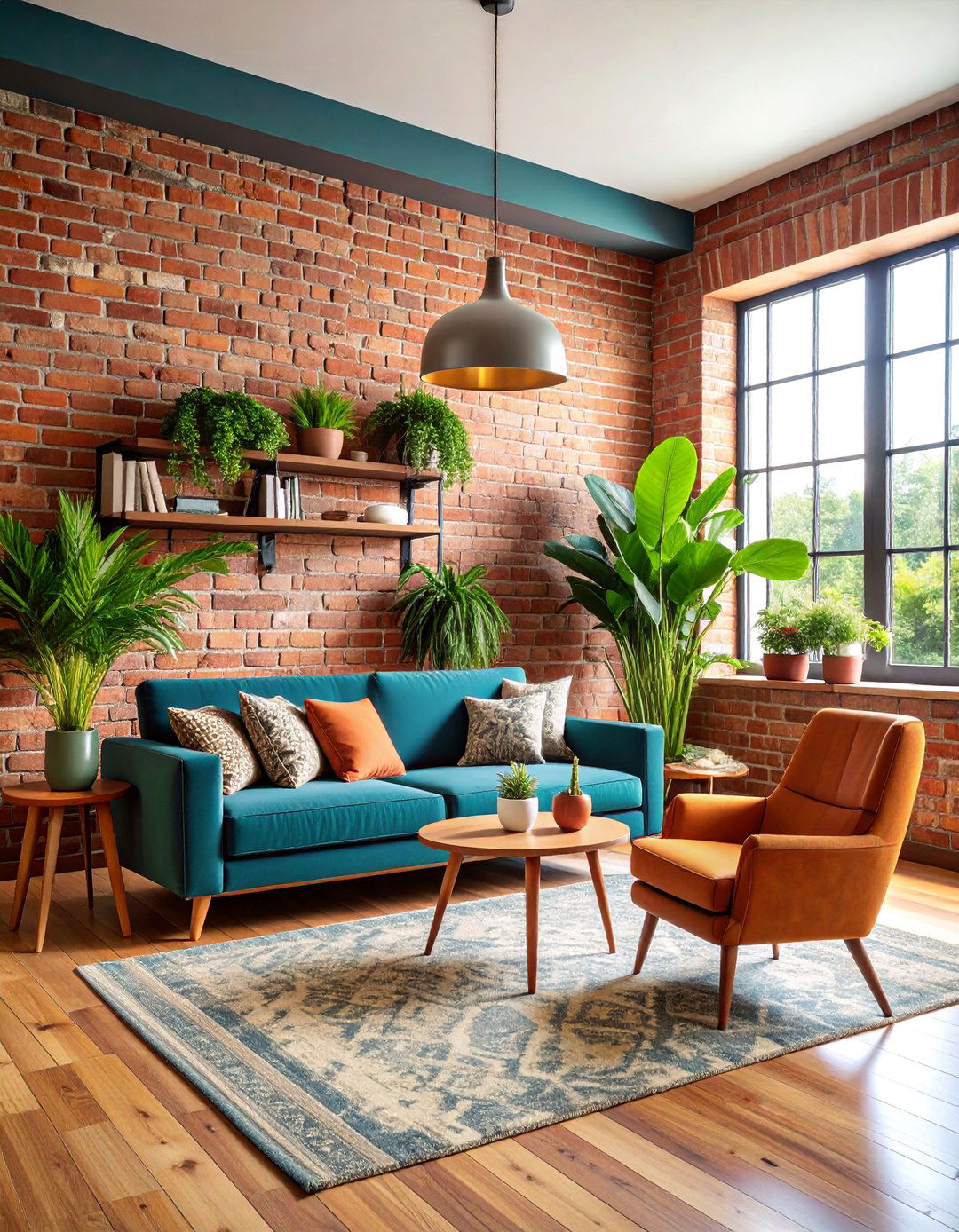
Brick pattern relief creates the appearance of exposed brick walls through textured compounds applied to mimic traditional masonry technique uses stencils, stamps, or hand-carved methods to create realistic brick patterns complete with mortar lines and surface resulting texture provides the warmth and character of brick without the structural requirements or expense of actual for accent walls in family rooms, kitchens, or commercial spaces, brick pattern relief works beautifully with industrial design elements, exposed beams, and furniture styles that emphasize rustic or urban loft aesthetics.
19. Feather Finish Texture

Feather finish texturing creates soft, flowing wall surfaces through the delicate application of compounds using feathering techniques that blend and smooth transitions between textured sophisticated method produces subtle variations in surface height and texture that create gentle shadow play without harsh technique requires skilled application but results in elegant, refined surfaces that suggest fine plaster for formal spaces like master bedrooms, dining rooms, or executive offices, feather finishes complement traditional furnishings, silk fabrics, and sophisticated color schemes while providing subtle background interest that enhances overall room sophistication.
20. Tree Bark Texture

Tree bark texturing creates organic, natural wall surfaces that bring outdoor elements into interior spaces through textured compounds applied to simulate the rough, irregular patterns found in tree dramatic technique can range from subtle suggestions of natural texture to bold, heavily pronounced surfaces that create strong visual and tactile bark texture works particularly well in rustic, lodge-style, or nature-inspired interiors where the connection to natural materials enhances the overall design texture pairs beautifully with wood furniture, stone elements, and earth-tone color palettes that emphasize organic, natural design approaches.
21. Lace Pattern Impression
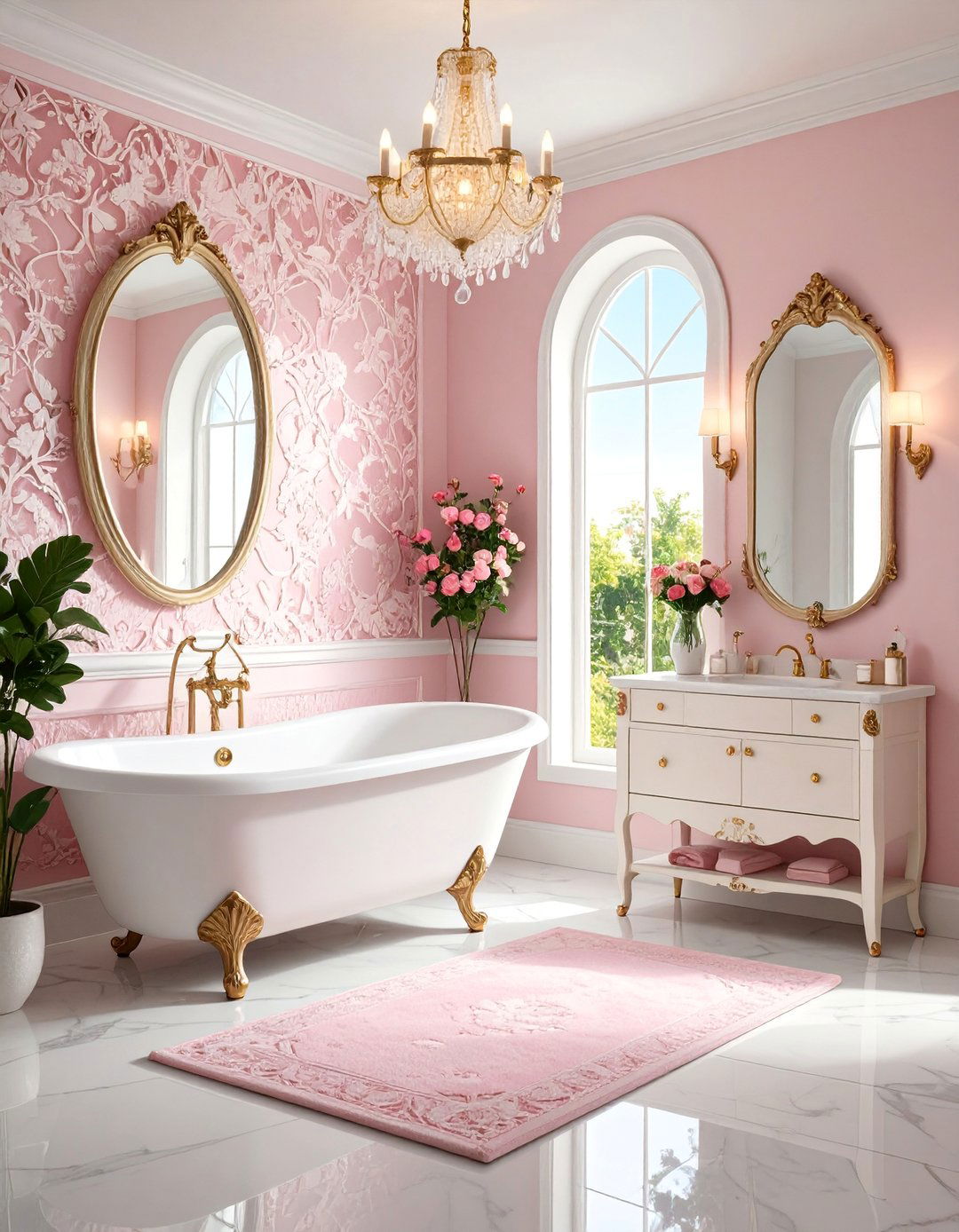
Lace pattern impressions create delicate, intricate wall textures by pressing actual lace fabrics into wet texture compounds, leaving permanent impressions of the detailed romantic technique produces sophisticated surfaces that display the fine detail work characteristic of quality lace resulting walls feature complex patterns with varying depths that create beautiful shadow effects under different lighting for feminine spaces like powder rooms, bedrooms, or boutique environments, lace impressions work beautifully with vintage furniture, soft fabrics, and color schemes that emphasize elegance and refinement while maintaining subtle sophistication throughout the space.
22. Splatter Paint Technique
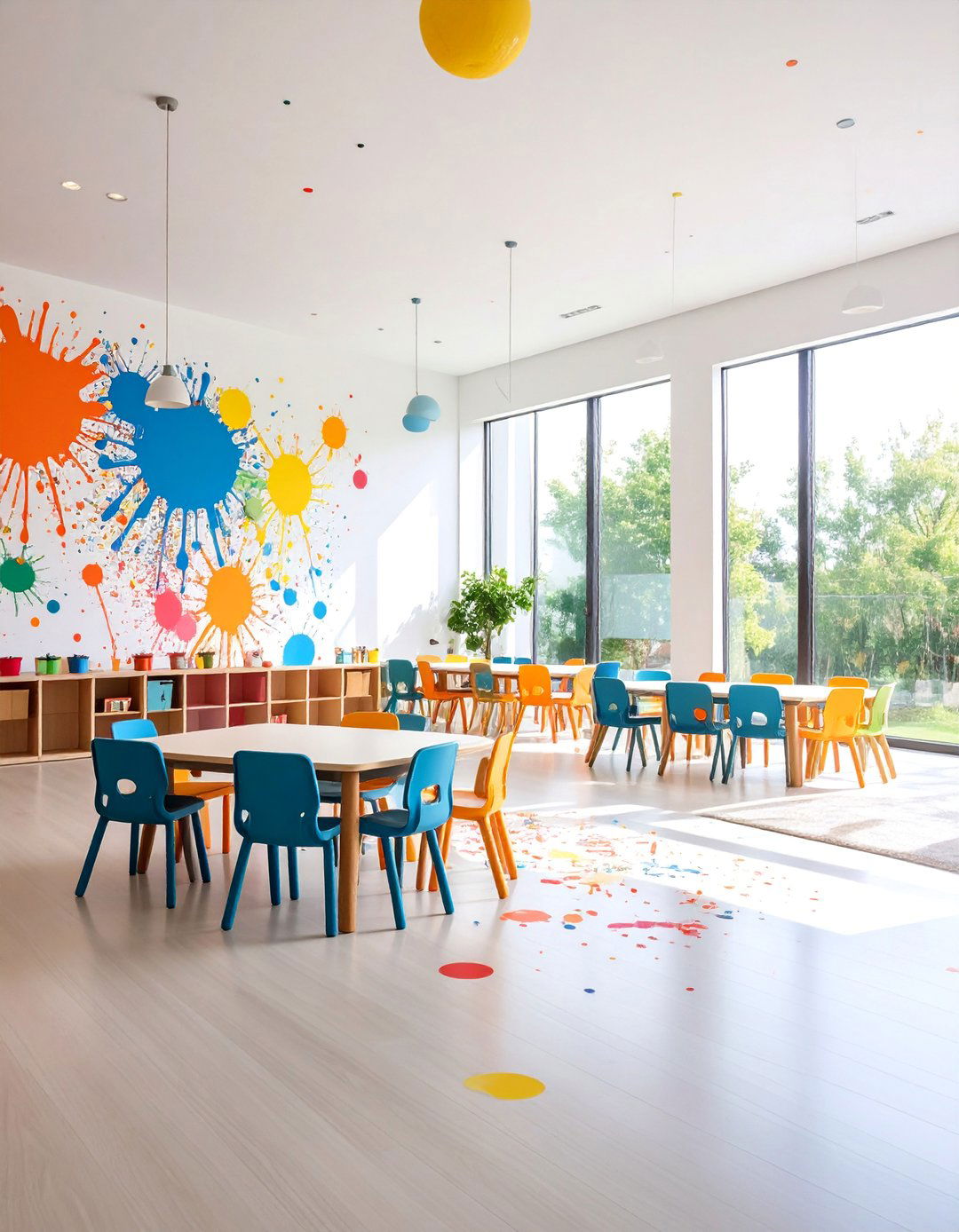
Splatter paint techniques create energetic, artistic wall textures through controlled paint applications that produce random, organic patterns across creative method involves flicking, throwing, or spraying paint to create dynamic visual effects that suggest abstract expressionist technique can be subtle with tonal variations or bold with contrasting colors that create dramatic focal for creative spaces, children's rooms, or contemporary interiors that embrace artistic expression, splatter techniques work well with modern furniture, bold accessories, and design schemes that celebrate creativity and individual expression over traditional decorative approaches.
23. Diagonal Crosshatch Pattern
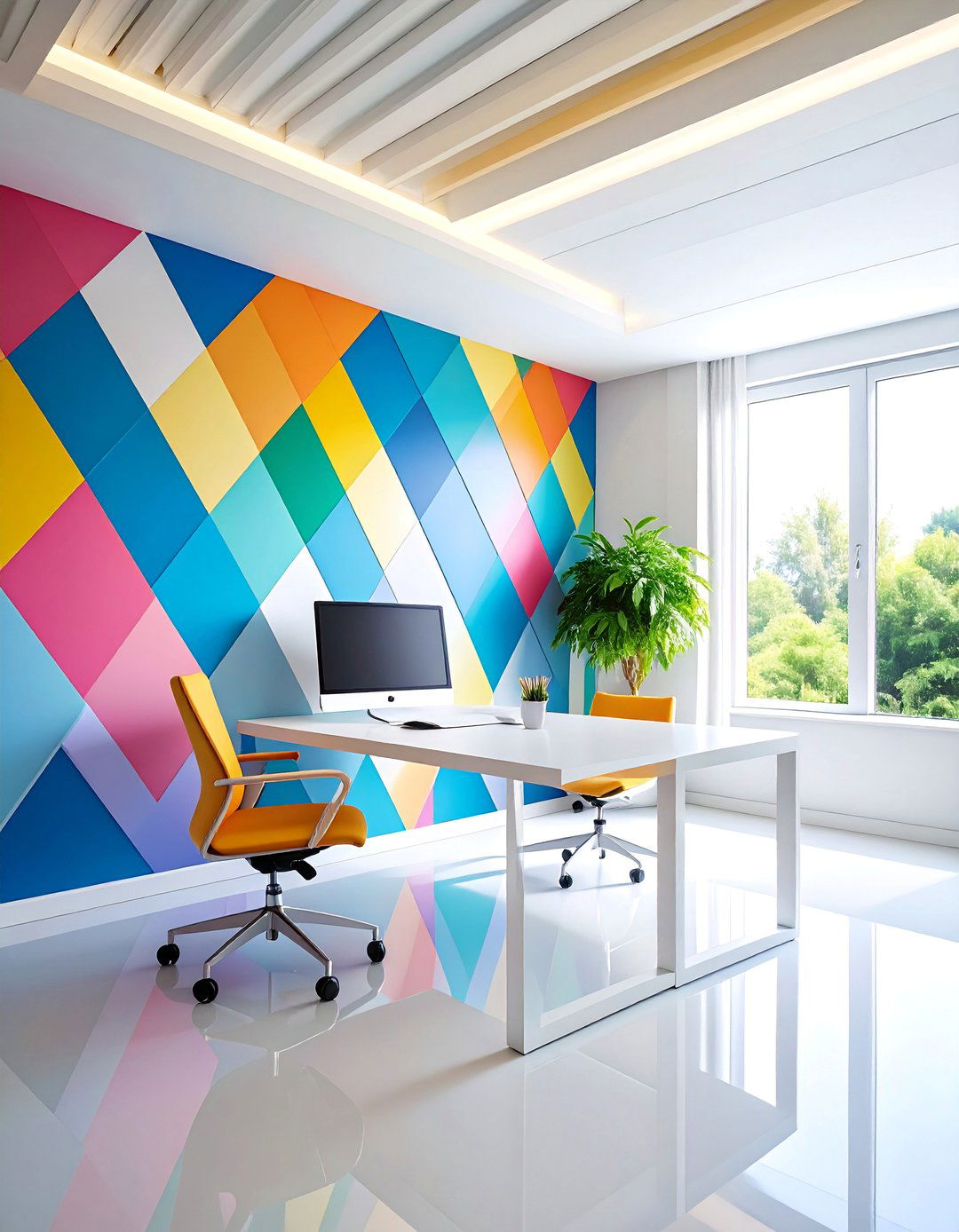
Diagonal crosshatch patterns create sophisticated geometric wall textures through intersecting diagonal lines applied in systematic grid technique produces dynamic visual effects that suggest woven materials or architectural details while maintaining contemporary diagonal orientation creates visual movement and energy that can make spaces feel larger and more dynamic than traditional horizontal or vertical for modern offices, contemporary living spaces, or transitional interiors, diagonal crosshatch works beautifully with angular furniture forms, geometric accessories, and color schemes that emphasize clean lines and contemporary design principles.
24. Cork Texture Finish

Cork texture finishing creates warm, natural wall surfaces that replicate the unique cellular structure and organic patterns found in cork eco-friendly technique uses specialized compounds or actual cork particles to create tactile surfaces with excellent insulating properties and natural textures provide subtle visual interest while contributing to acoustic comfort and environmental sustainability for home offices, family rooms, or spaces emphasizing natural materials, cork finishes work beautifully with sustainable furniture, natural fiber textiles, and design schemes that prioritize environmental consciousness while maintaining sophisticated aesthetic appeal.
25. Cloud Effect Painting
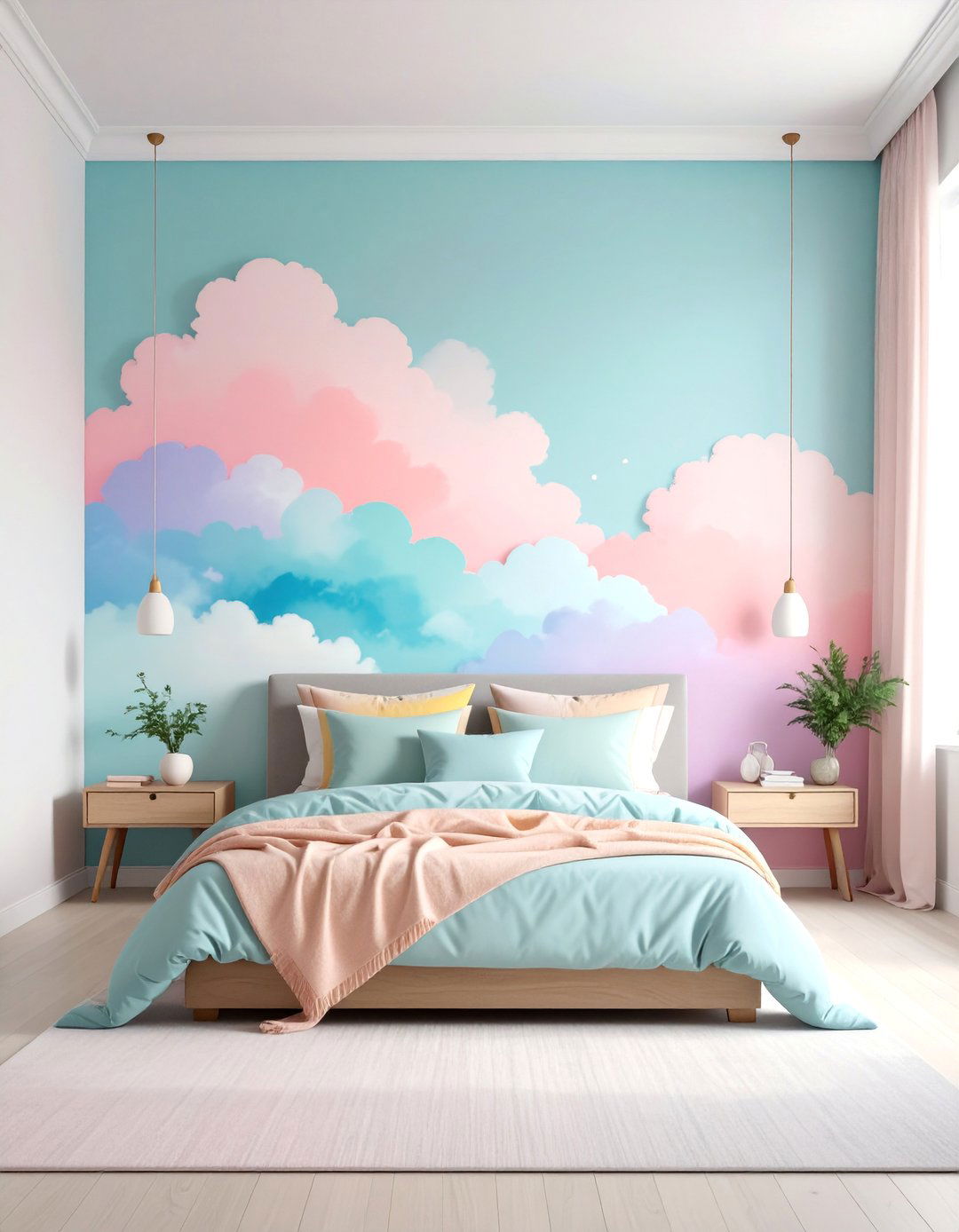
Cloud effect painting creates soft, ethereal wall textures that simulate atmospheric conditions through layered glazes and specialized application dreamy method produces gentle transitions between colors and tones that suggest sky formations or mist technique involves building multiple transparent layers that create depth and movement while maintaining subtle for bedrooms, meditation spaces, or any area requiring calming ambiance, cloud effects work beautifully with soft furnishings, flowing fabrics, and color palettes that emphasize serenity and tranquility while creating peaceful environments that promote relaxation and stress reduction.
Conclusion:
Wall textures offer unlimited opportunities to transform ordinary spaces into extraordinary environments that engage the senses and enhance architectural classical techniques like Venetian plaster to contemporary geometric patterns, each approach brings unique personality and visual interest to interior design textural applications create dynamic surfaces that interact beautifully with lighting, furniture, and decorative elements while providing practical benefits like hiding imperfections and adding acoustic appropriate wall textures depends on design style, room function, and desired ambiance, but all contribute to creating memorable spaces that reflect personal taste and lifestyle preferences.


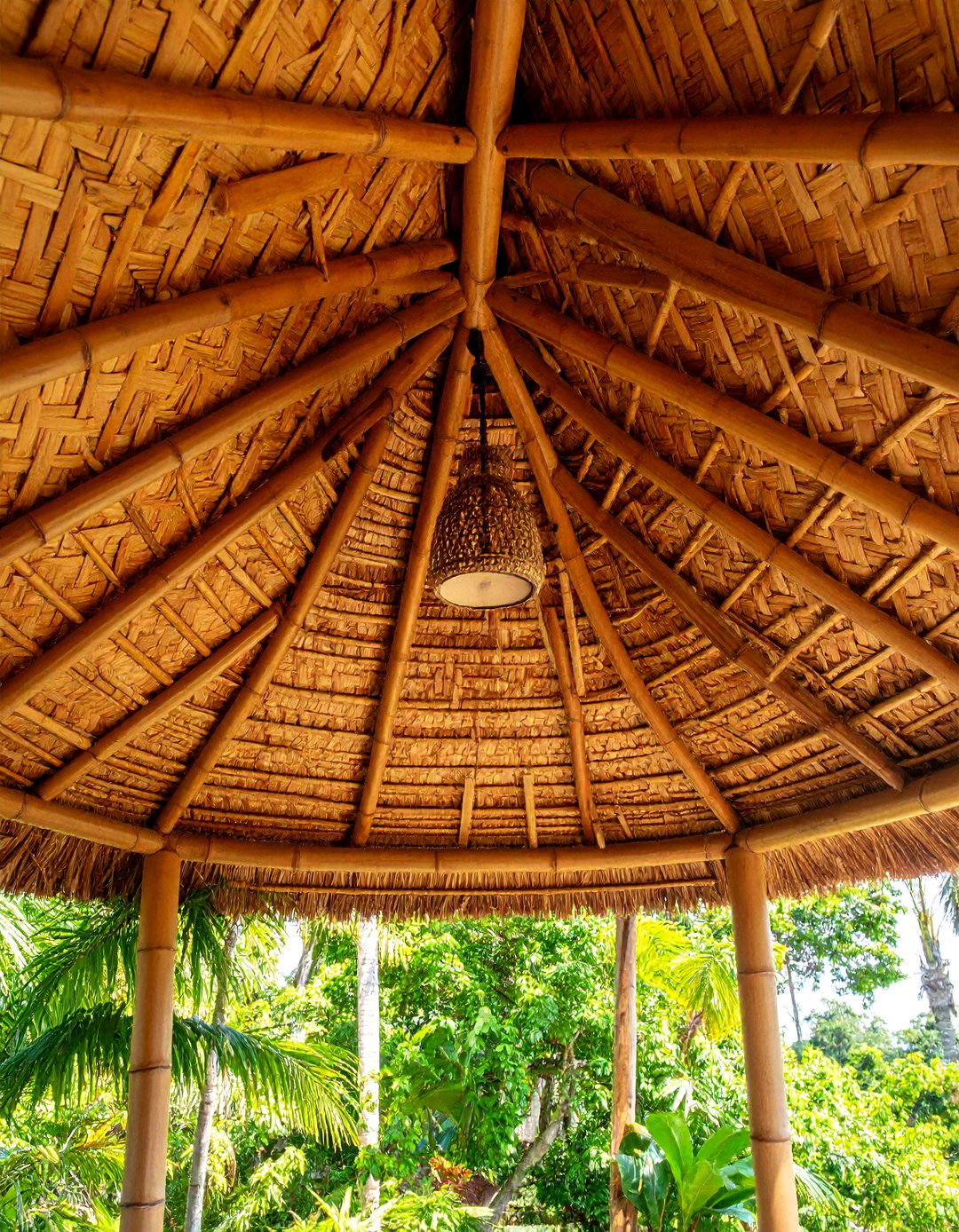
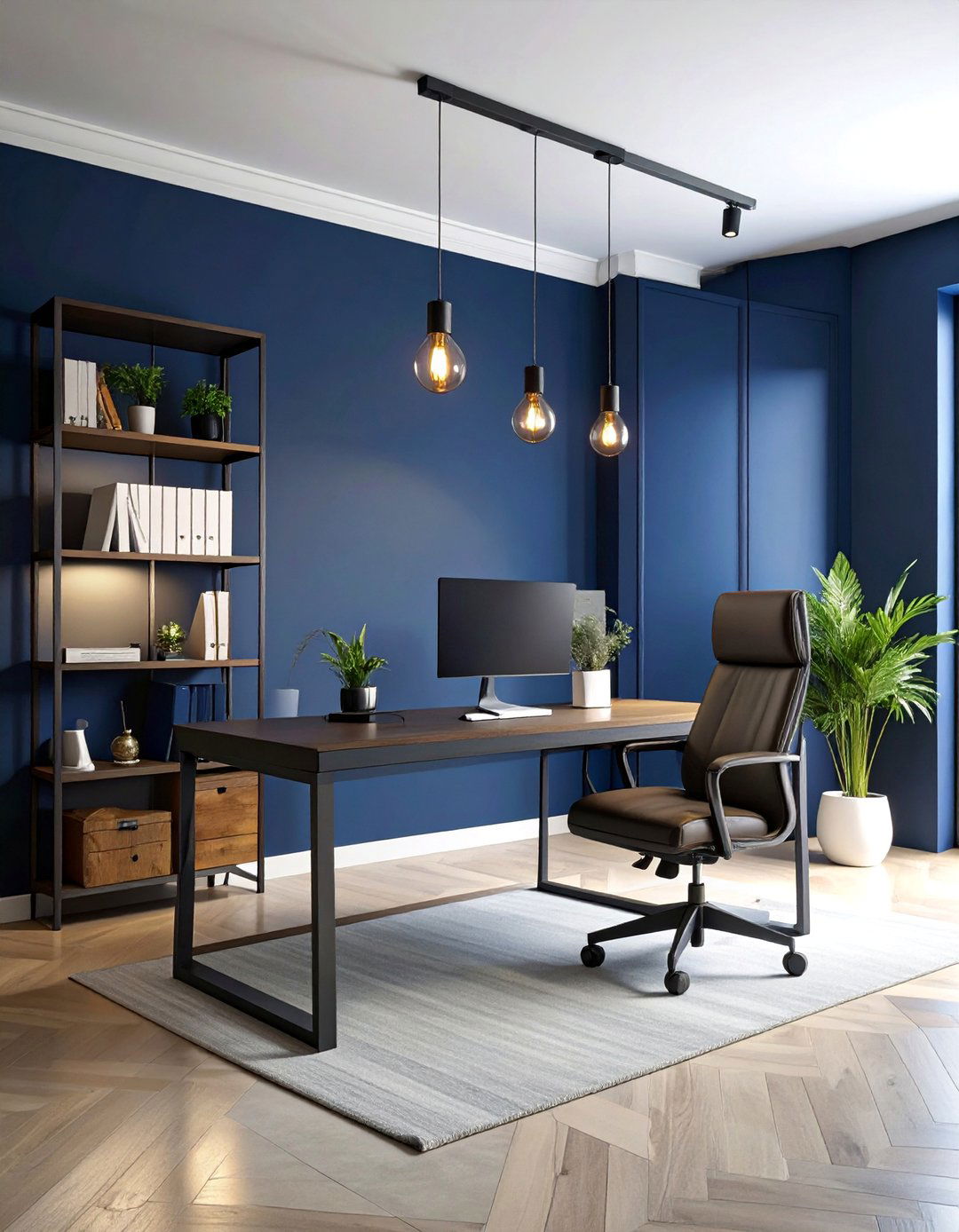
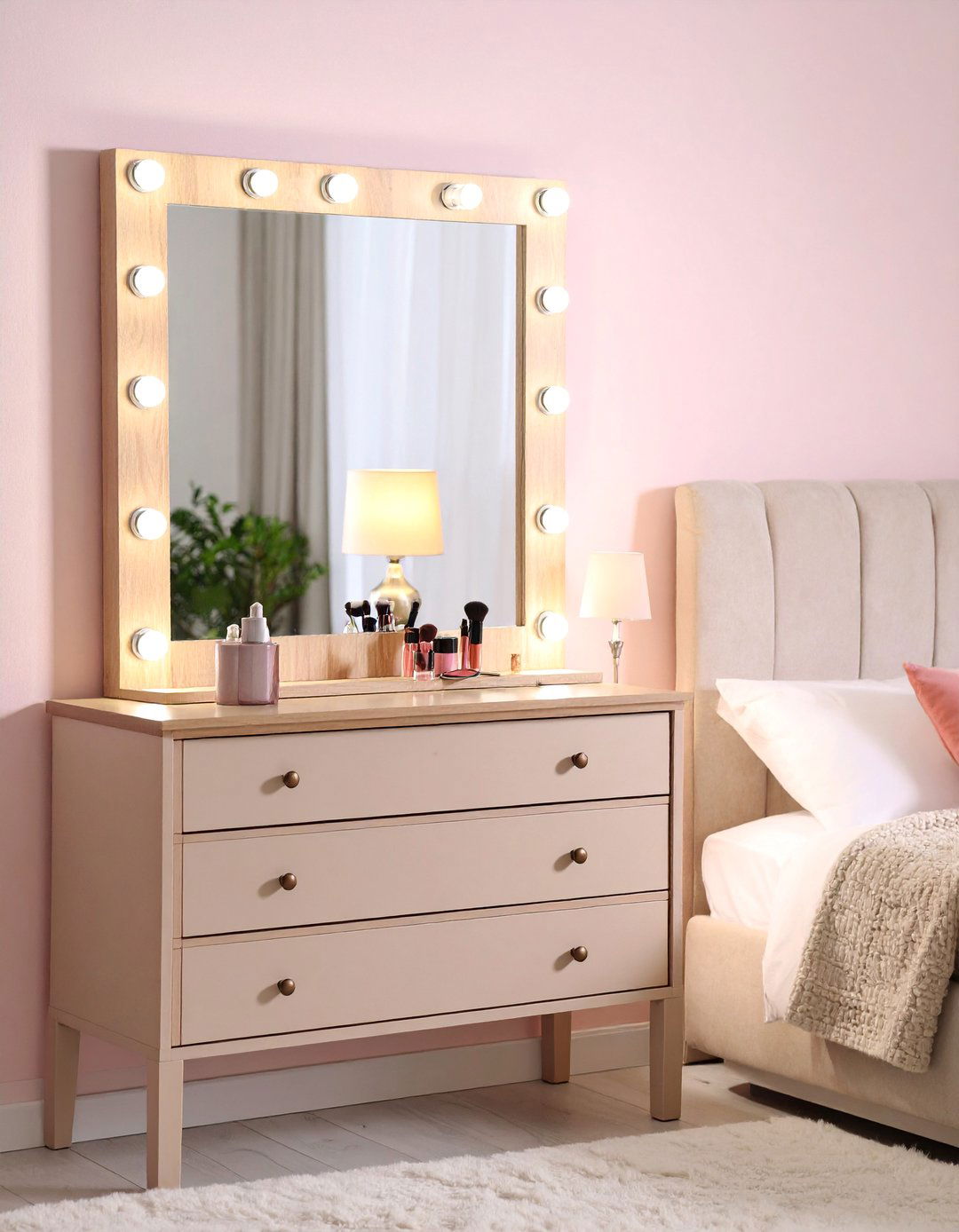
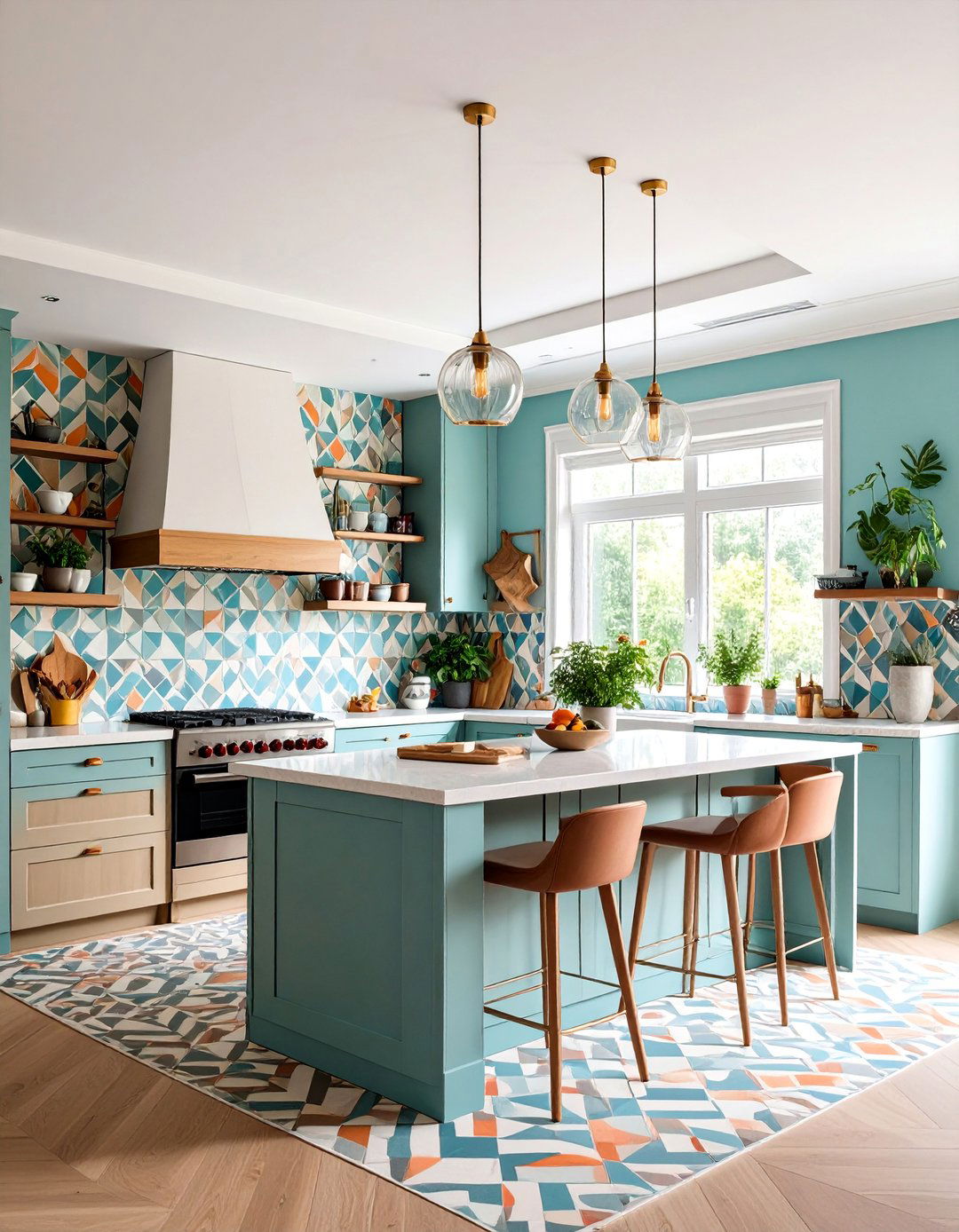
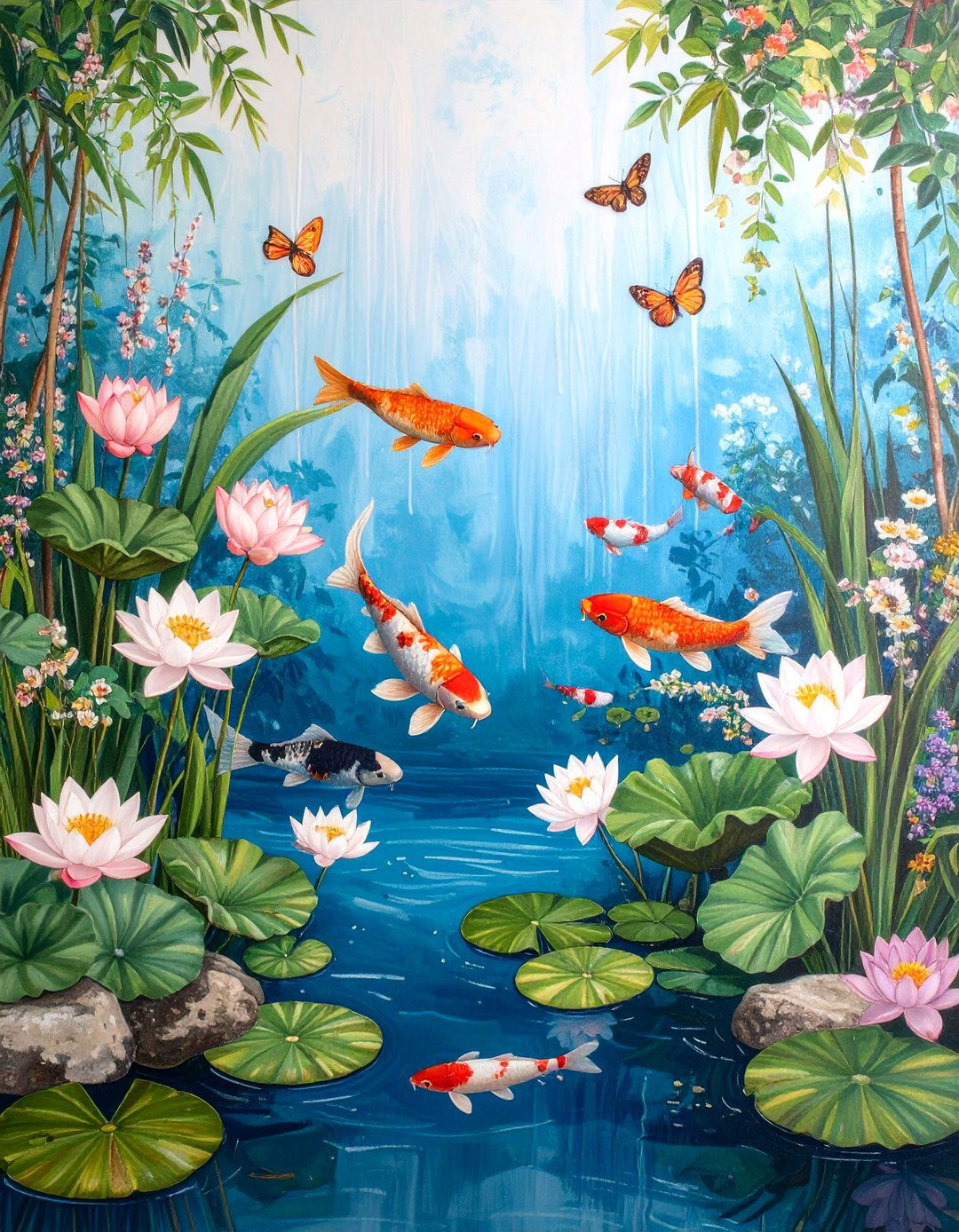

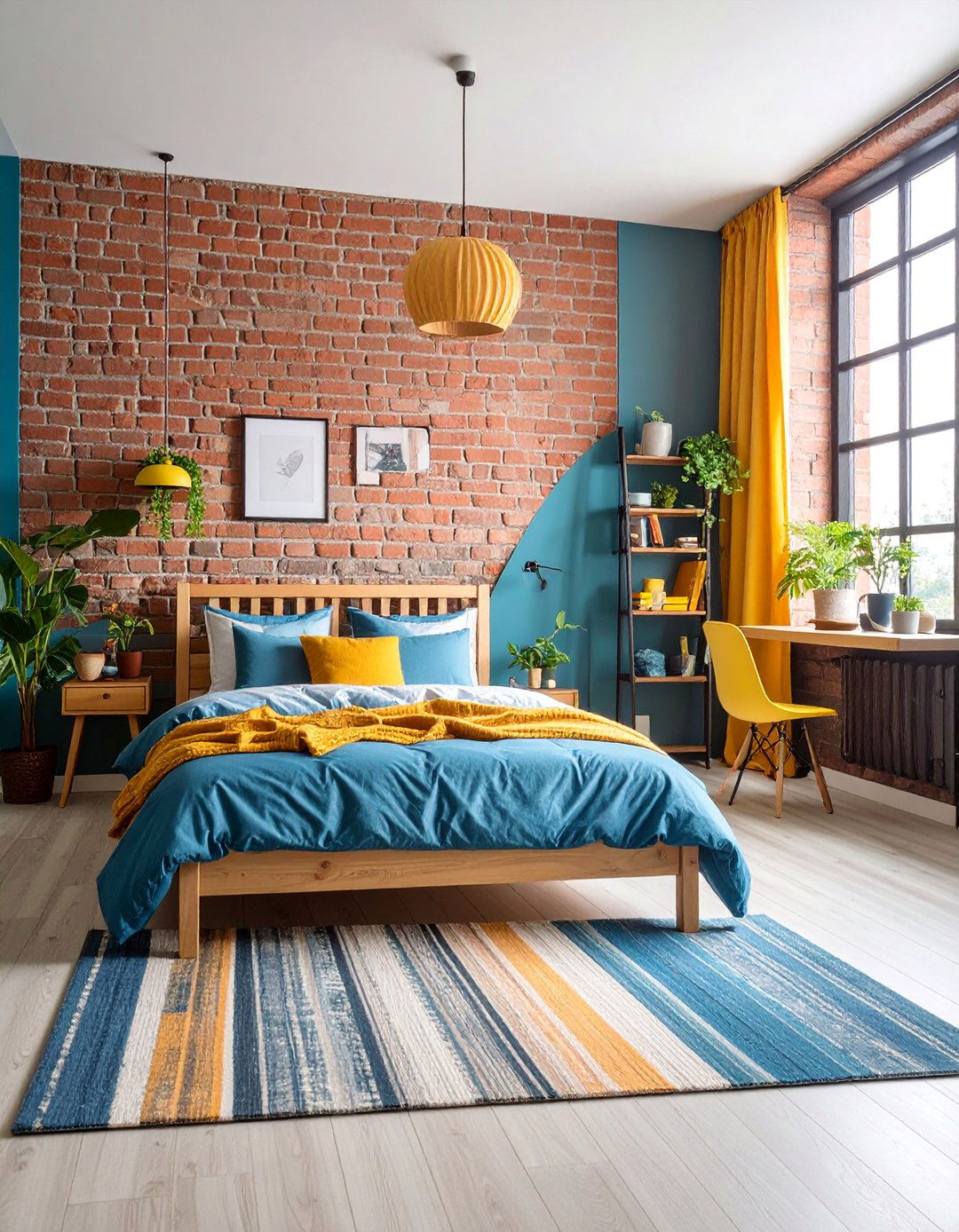


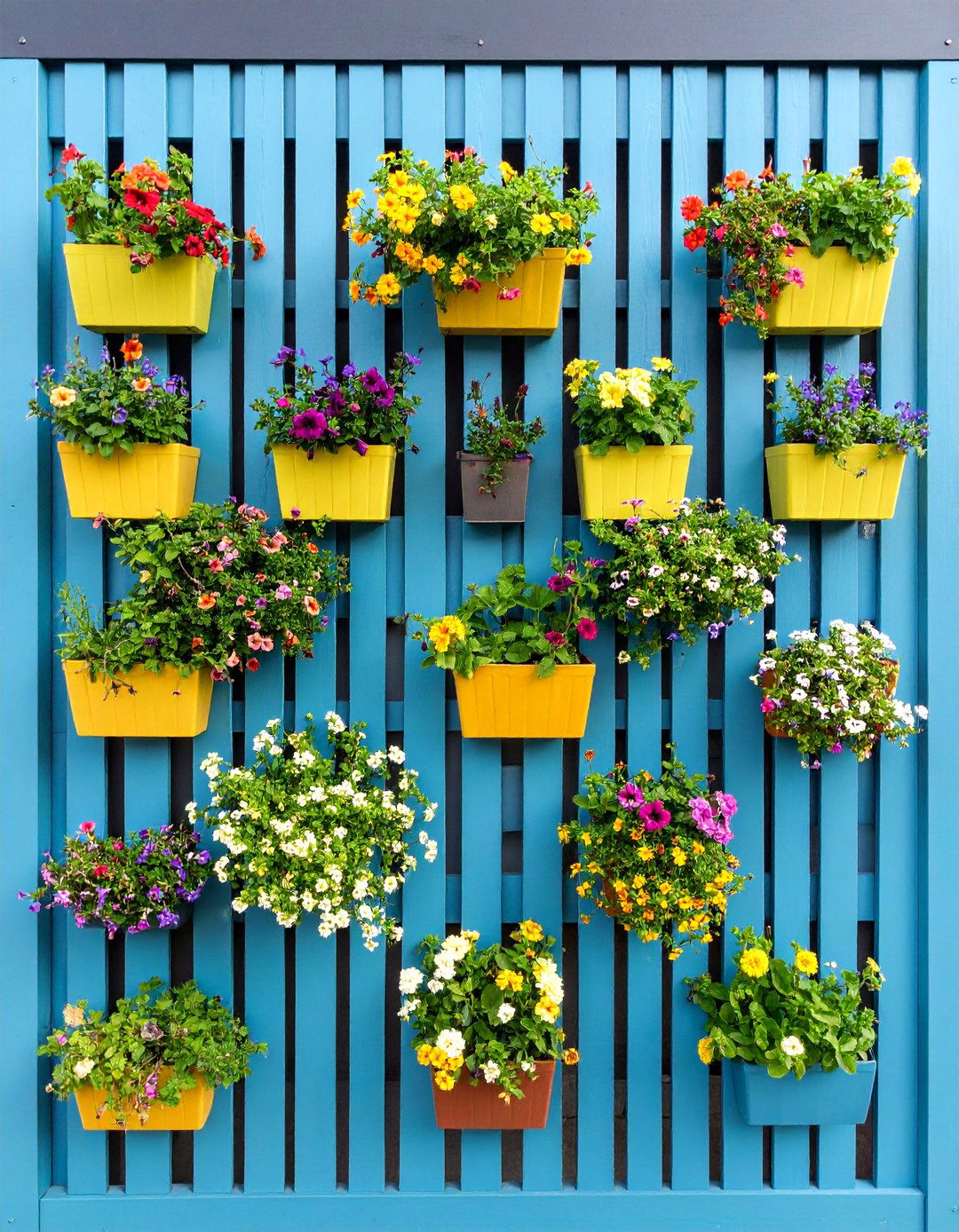


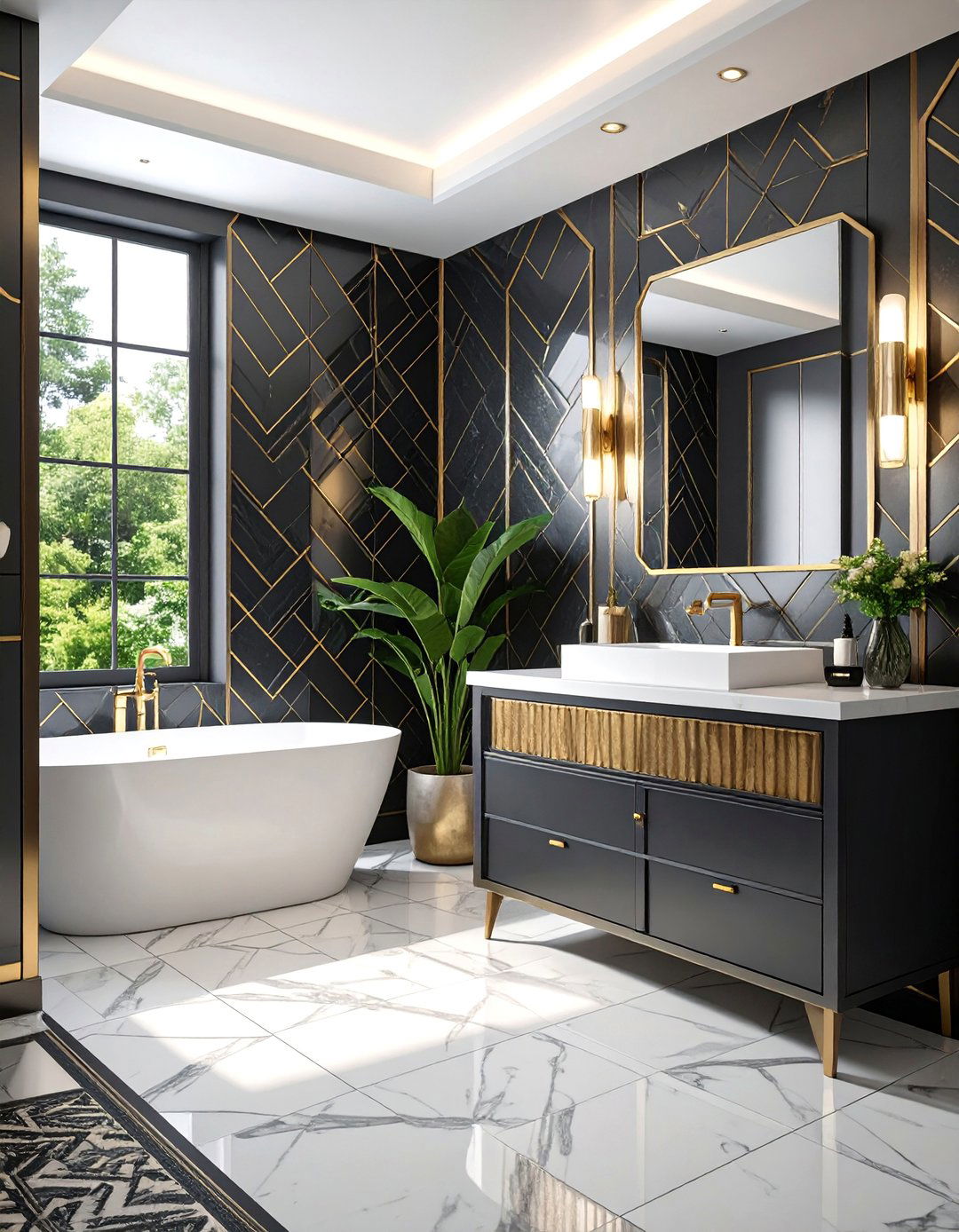

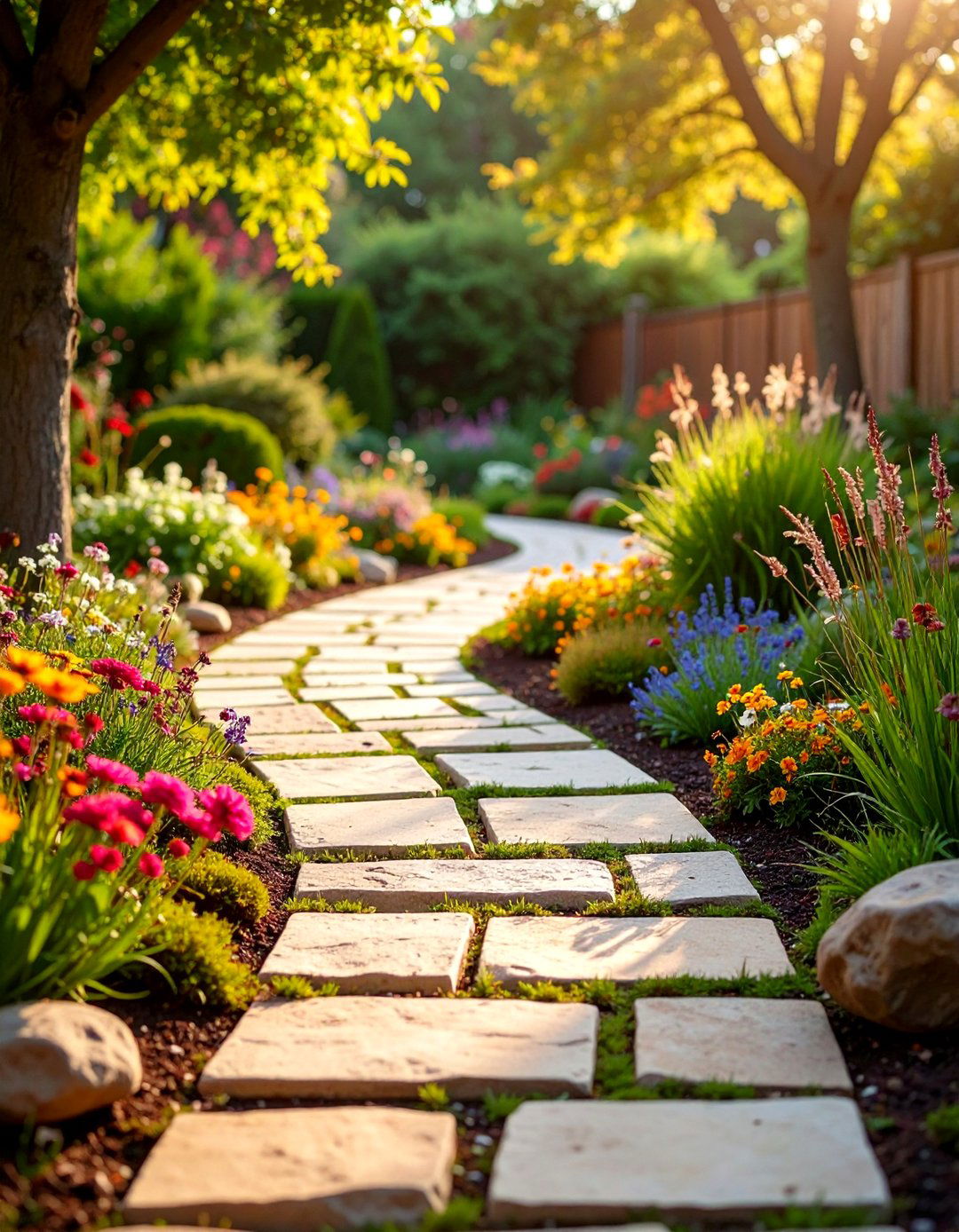
Leave a Reply